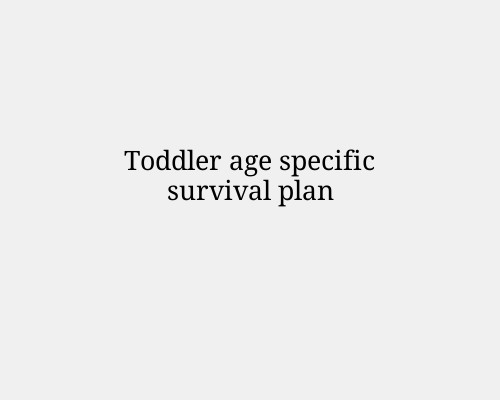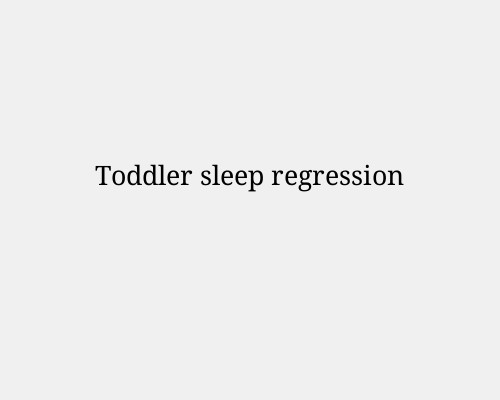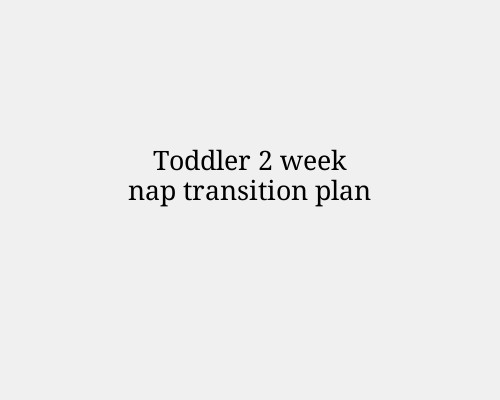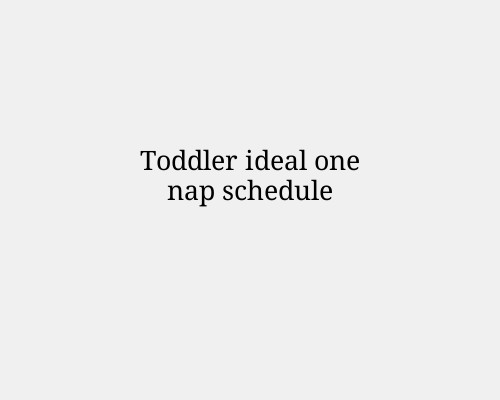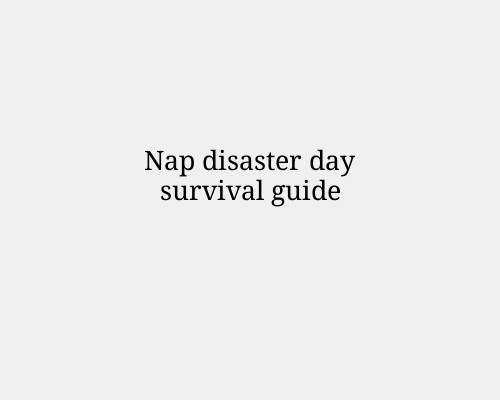
Here’s your "Disaster Day" Survival Guide for when naps go wrong during the toddler sleep regression or nap transition.
If the Nap is Skipped Entirely
Quiet Time Instead: 20 – 30 mins in a dim room with books, soft music, or a comfort toy. Even if they don’t sleep, it helps them reset.
Early Bedtime: Aim for 6:00 – 6:30 p.m. to avoid overtired meltdowns.
Keep the Afternoon Calm: Avoid stimulating activities close to bedtime — no rough play or screen time.
If the Nap is Short (<1 hour)
Don’t try a second nap — it usually pushes bedtime too late and makes night waking worse.
Mini Rest Break: Offer 10–15 minutes of cuddle time, stroller walk, or quiet play in the afternoon.
Bedtime Bump: Move bedtime up by 30 – 60 minutes.
If Bedtime is Delayed (Overtired Toddler Meltdown)
Skip Part of the Routine: Go straight from bath to story to bed, cutting out extras.
Stay Calm & Predictable: Toddlers mirror your energy — keep your voice slow and steady.
Dark, Cool Room: Block out distractions to help them crash faster.
If Night Waking Increases
Keep Interactions Minimal: No play, no snacks — just reassurance and back to bed.
Use the Comfort Object: A soft toy or blanket that smells like you can help them self- settle.
Stay Consistent: Avoid bringing them to your bed unless that’s something you want to keep long-term — toddlers remember quickly.
💡 Pro tip: The occasional disaster day won’t undo your progress – the key is to bounce back to your normal schedule the very next day.
